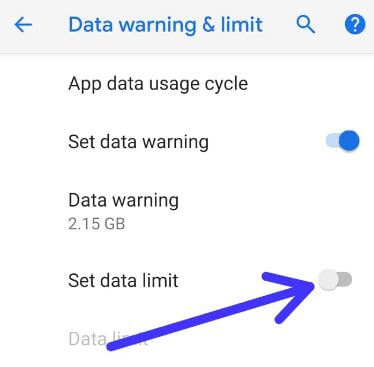
Within that time frame, the youtube app used 543MB of data, which consists of 538MB Foreground and 5.17MB Background.įoreground is the amount of data used when you’re actively using the app on your screen, like scrolling feeds, commenting, or watching videos.īackground is the amount of data used when the app is running in the background, like receiving notifications, app checking the server for updates, or downloading texts to display.īelow that, the background data option lets you decide whether the said app can use data in the background or not. As you can see, this was made up of several apps with each app showing its own data usage. For example, in the image above, between April and May, I consumed 13.83GB of data. On this screen, it tells you how much data you’ve used within a time period. You can check how much data you’re using by going to your settings > network & internet > mobile data/wifi > data usage. Every time you send data from your phone to some random server out there, your trusty android counts every bit of it. Counting Your DataĪs the famous business proverb goes, “If you can’t measure it, you can’t manage it.” Counting your data is the first step to android data mastery.

Every time you stream a video, you send a data to acquire video and audio bits so the video plays. Every time you refresh your feed, the app send data to a server, requesting new video lists to display to your phone. Let’s say you click on it and watch it. All of these actions consume data.


You might casually scroll through your feed and find an interesting video. Your phone sends some data, the server receives it, and then you’re in. When you open an app, it checks its connection to the server.


 0 kommentar(er)
0 kommentar(er)
